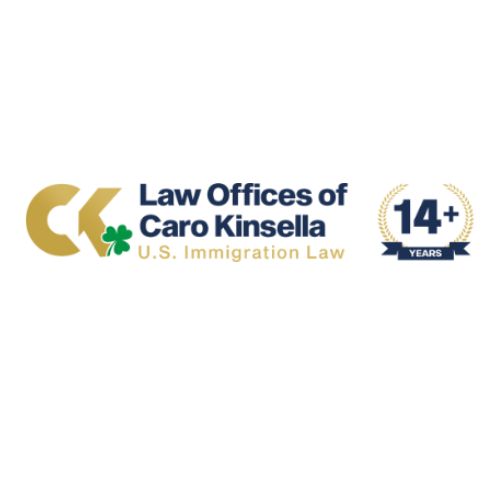Visiting the United States is a dream for many travelers across the globe. While the traditional route involves obtaining a B-2 tourist visa, this process can be time-consuming, expensive, and sometimes unsuccessful due to strict visa requirements. However, several alternatives exist that allow eligible individuals to travel to the U.S. without needing a tourist visa. Whether you’re looking to explore landmarks, visit family, or conduct short-term business, this guide provides a comprehensive look into viable options for entering the U.S. without a standard tourist visa.
1. Visa Waiver Program (VWP)
What is it?
The Visa Waiver Program (VWP) allows citizens of specific countries to travel to the United States for tourism or business purposes for up to 90 days without obtaining a visa.
Eligible Countries
As of now, the U.S. Department of Homeland Security has approved 40 countries for the VWP, including most European nations, Japan, South Korea, Australia, and others.
Requirements
-
Must have a valid e-passport (an electronic passport with a digital chip).
-
Must apply for ESTA (Electronic System for Travel Authorization) online before boarding.
-
Travel must be for business, tourism, or transit only.
-
Must not have previously overstayed a U.S. visa.
Pros and Cons
Pros:
-
Quick and simple online application.
-
No need for embassy interviews.
-
Suitable for short visits.
Cons:
2. Using a Different Visa Type
If your travel purpose goes beyond simple tourism, you may be eligible to enter the U.S. under a different visa classification that doesn’t fall under the tourist visa umbrella.
Common Alternatives:
For attending meetings, conferences, or negotiating contracts. While it’s not for tourism, some incidental sightseeing is generally acceptable.
b. F-1 Student Visa
Enrolling in a certified educational program allows international students to reside in the U.S. while studying. You can explore the country during breaks or holidays.
c. J-1 Exchange Visitor Visa
Ideal for cultural exchange, internships, research, and training programs. Some J-1 programs allow participants to travel across the U.S.
d. H-1B or L-1 Work Visas
These are employment-based visas that allow skilled professionals to live and work in the U.S. and travel within the country during their stay.
3. Border Crossing from Canada or Mexico
Some travelers consider entering the U.S. through land borders from Canada or Mexico.
Canada
Citizens of certain countries (e.g., EU, Japan, Australia) can fly to Canada and then drive or take a bus into the U.S. under the VWP with ESTA approval.
Mexico
Similarly, people from VWP-eligible countries can enter Mexico and cross into the U.S. through a land port of entry with proper documentation.
Caution: Attempting to bypass visa rules by first entering Canada or Mexico with the intent of then traveling to the U.S. can result in denied entry if intentions are unclear or suspicious.
4. Attending Conferences or Events
If you're invited to attend a conference, workshop, or seminar, you may enter under a B-1 visa or through the VWP (if eligible). This option allows short stays and may include some leisure activities on the side.
5. Cruise Ship Visitors
Travelers arriving in the U.S. via cruise ships sometimes benefit from relaxed visa requirements depending on the cruise itinerary and nationality.
For example:
Check with the cruise line and immigration authorities to confirm.
6. Transit Through the U.S. (C-1 Visa)
If your travel involves transiting through the U.S. to another country, you may be eligible for a C-1 transit visa, or, in some cases, enter without one if part of the VWP.
While you cannot explore much during transit, longer layovers can give you a brief glimpse of the U.S.
7. U.S. Territories and Freely Associated States
Visiting U.S.-affiliated regions such as:
-
Guam
-
Puerto Rico
-
U.S. Virgin Islands
-
American Samoa
May require different documentation. For example, Guam and the Northern Mariana Islands have their own visa waiver program for certain countries, separate from the U.S. mainland.
8. Dual Citizenship or U.S. Passport
If you are a dual citizen or hold a U.S. passport, you obviously don’t need a tourist visa. Similarly, Lawful Permanent Residents (Green Card holders) can travel freely in and out of the country.
Some people may discover that they are eligible for U.S. citizenship through birth or family heritage.
9. Diplomatic or Official Passports
If you’re a government official or diplomat, you may enter the U.S. under A or G visa classifications, depending on your status and travel purpose. These don’t require a tourist visa.
10. Humanitarian or Emergency Visits
In rare and urgent situations, individuals may be granted humanitarian parole or emergency entry on a case-by-case basis. This is not a guaranteed or long-term solution but is applicable in life-threatening or critical circumstances.
Final Thoughts
Traveling to the U.S. without a tourist visa is possible under several legal avenues, provided you meet the eligibility criteria. The Visa Waiver Program (VWP) remains the most convenient option for those from participating countries, but others can explore student, business, transit, or exchange visas depending on their goals.
Always ensure that your entry purpose aligns with the visa or program you choose. Misuse or misrepresentation can lead to denied entry, visa revocation, or future travel bans.
Before making any travel plans, it’s best to consult the official U.S. embassy website or a qualified immigration attorney to understand which route is safest and most suitable for you.



Article comments